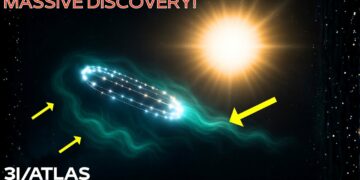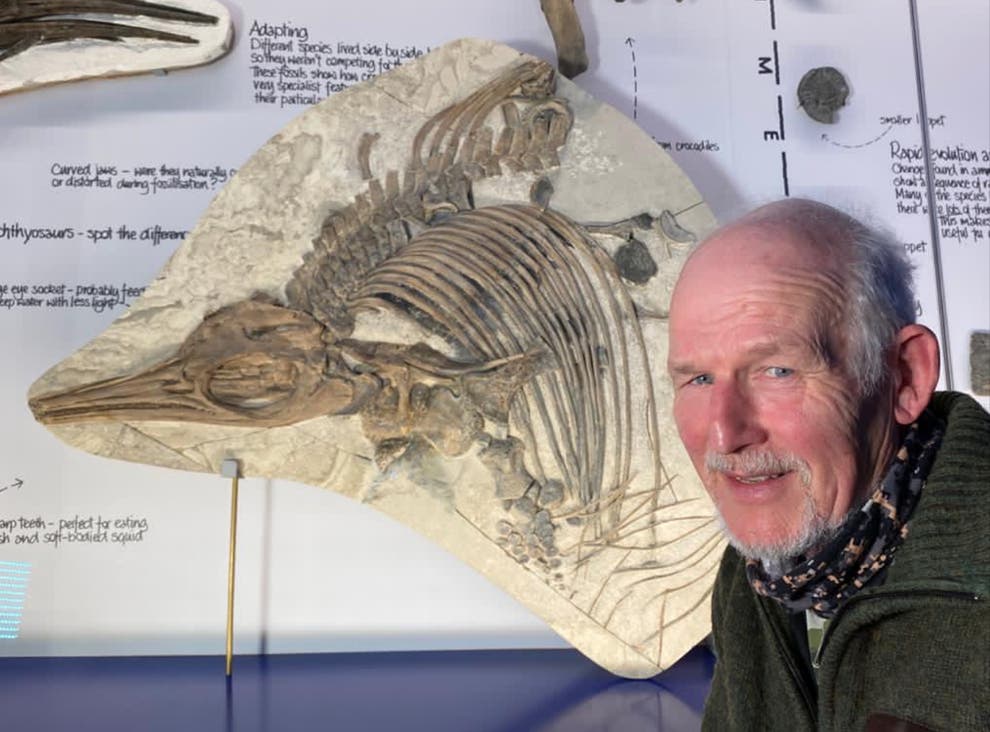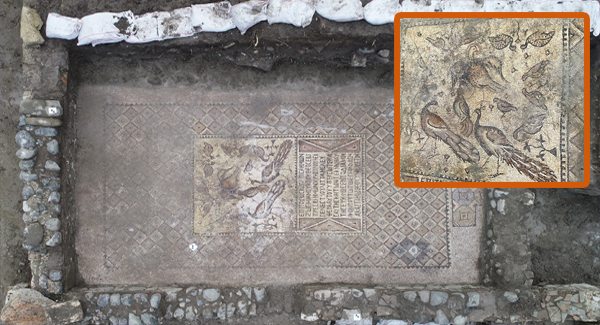Elon Musk and SpaceX have unveiled plans for a revolutionary space station, marking a significant step toward Musk’s vision of a multiplanetary civilization. This ambitious project has captured the attention of NASA and the global space community, setting new benchmarks for space exploration. This article explores the design, purpose, and implications of SpaceX’s space station, its role in Musk’s broader goals, and how it could reshape humanity’s future in space.
Elon Musk’s Vision for Space Exploration
Elon Musk founded SpaceX in 2001 with the goal of making space travel more accessible and affordable. His ultimate ambition is to transform humanity into a multiplanetary species, with permanent settlements on Mars and beyond. SpaceX’s journey began with the aim of reducing space travel costs through reusable rockets, challenging the high expenses and limited private involvement in space missions at the time.
Early Beginnings
Musk’s initial vision included sending a greenhouse, dubbed Mars Oasis, to Mars to spark public interest and establish a scientific base. However, the prohibitive costs led him to found SpaceX, investing $100 million of his personal fortune despite widespread skepticism. SpaceX’s first major achievement was the Falcon 1, the first privately built liquid-fueled rocket to reach orbit in 2008, after overcoming challenges like fuel leaks and stage collisions. This success led to a $1.6 billion NASA contract for 12 resupply flights under the Commercial Orbital Transportation Services (COTS) program.
The Falcon 9, a more powerful and reusable rocket, followed, capable of carrying 13,150 kg to low Earth orbit. Its first booster landing in 2015 marked a milestone in cost reduction. The Falcon Heavy, debuting in 2018 with Musk’s Tesla Roadster as its payload, further showcased SpaceX’s capabilities, with its side boosters landing successfully. These reusable rockets laid the foundation for SpaceX’s more ambitious projects, including the new space station.
SpaceX’s Space Station: A Game-Changer
SpaceX’s commercial space station is designed to serve multiple purposes: scientific research, space tourism, and a base for deep space exploration. Its modular design, built from interchangeable components, allows for scalability and flexibility. Each module can function independently, ensuring redundancy and safety if one fails. This contrasts with the International Space Station (ISS), a collaborative but aging and less adaptable structure.
Innovative Technology
The station integrates Starship, SpaceX’s fully reusable spacecraft designed for Mars missions. Starship modules can serve as laboratories, living quarters, or recreational areas, docking with the station to enhance its functionality. Advanced closed-loop life support systems are a cornerstone, recycling oxygen, water, and waste to minimize reliance on Earth. For example:
-
Oxygen and CO₂ Management: Plants and algae recycle carbon dioxide into oxygen, supplemented by electrolysis to split water into hydrogen and oxygen.
-
Water Recycling: Systems recover nearly 100% of wastewater, including sweat and urine, surpassing the ISS’s 98% recovery rate.
-
Food Production and Waste Recycling: Hydroponic or aeroponic farms use organic waste as nutrients, producing food and oxygen while reducing supply mission needs.
Radiation protection is another focus, with advanced shielding materials and potential magnetic shielding technologies to mitigate cosmic radiation risks in low Earth orbit. These innovations make the station a sustainable habitat, paving the way for long-term human presence in space.
Musk’s Mars and Moon Ambitions
Musk’s vision extends beyond Earth orbit to Mars and the Moon. Starship is central to these plans, designed to carry crew and cargo for interplanetary travel. Mars, over 33 million miles away with an unbreathable atmosphere, poses challenges like radiation exposure and resource scarcity. SpaceX is developing in-situ resource utilization to extract oxygen from Mars’ carbon dioxide-rich atmosphere and use Martian soil for radiation shielding. Vertical farming could enable food production in controlled environments.
Initial uncrewed Starship landings on Mars will test reliability, with crewed missions planned within years. Musk aims to establish a self-sustaining Martian city within 20 years, though skeptics raise concerns about technical feasibility, ethical issues, and environmental impacts, such as microbial contamination.
The Moon, just 238,000 miles away, serves as a testing ground. SpaceX’s role in NASA’s Artemis program, aiming for a 2024 lunar landing, includes testing life support systems and habitats. Musk envisions the Moon as a refueling station, using its hydrogen and oxygen resources to produce rocket fuel, reducing costs for Mars missions.
The Role of the Space Station in Musk’s Vision
SpaceX’s space station is a critical hub for future missions, acting as an orbital spaceport for refueling, resupplying, and crew transfers. By docking Starship craft for Mars missions, it reduces the need for direct Earth launches, improving efficiency. The station could also foster international collaboration, hosting private companies, government agencies, and global space programs for research, manufacturing, and innovation.
Unlike the ISS, SpaceX’s commercial ownership allows greater flexibility in managing resources and missions. It could reduce reliance on the ISS, giving SpaceX control over mission timelines and objectives.
AI and Automation
AI and automation are integral to the station’s operations. AI systems monitor structural health, life support, power, and environmental conditions, using predictive analytics to detect issues like oxygen level anomalies or air leaks. Autonomous robots handle maintenance, inspections, and repairs, reducing risks from spacewalks. In emergencies, such as micrometeoroid impacts, AI-powered robots can deploy patches or maintain pressure levels, enhancing station resilience.
AI also supports scientific experiments, adjusting variables and capturing data in microgravity environments with precision. Robotic systems with specialized tools conduct complex research in fields like material science, biology, and physics, enabling real-time adjustments and reducing human involvement.
Space Tourism
The station aims to be a space tourism hub, offering visitors zero-gravity experiences, Earth views, and interactions with researchers. Unlike cramped spacecraft, the station’s modular design provides comfortable spaces tailored for tourists. Live streams and blogs from orbit could make space more relatable, transforming public perception and boosting interest in space exploration.
Scientific and Commercial Research
The station’s microgravity environment enables unique research in medicine, material science, and environmental science. Studying muscle atrophy, bone density loss, and plant growth in space could inform treatments on Earth and support Mars colonies. Pharmaceutical research benefits from microgravity’s effect on molecular interactions, potentially advancing treatments for diseases like cancer.
The station could also revolutionize space-based manufacturing. Microgravity allows for purer materials and intricate structures, benefiting industries like fiber optics, semiconductors, and biotechnology. For example, space-manufactured fiber optic cables offer higher purity and performance. 3D printing in orbit could produce parts on-demand, reducing launch costs and enabling rapid repairs.
Shaping the Future of Space Exploration
SpaceX’s space station is a cornerstone of Musk’s vision, bridging Earth and the cosmos. It enables missions to Mars and the Moon, supports groundbreaking research, and fosters new space-based economies. As a private company, SpaceX is redefining space exploration, showing that innovation is not limited to governments. Collaborations with NASA and other entities could accelerate humanity’s cosmic journey, uniting global efforts in pursuit of knowledge.
Challenges Ahead
Building the station involves significant technological and financial hurdles. Engineering challenges include creating a durable, low-maintenance structure with autonomous systems. Safety standards must be stringent, given the harsh space environment, and the modular design requires flexibility for future upgrades. Financially, the project demands massive investment in technology, engineering, and operations. Securing funding may involve partnerships, leasing research space, or new business models.
AI and automation systems face challenges in handling unique space conditions like extreme temperatures and radiation. Gathering sufficient data to train AI for these environments is difficult, and redundant systems are essential to prevent catastrophic failures. Backup protocols and manual overrides must ensure crew safety and station integrity.
Conclusion
SpaceX’s space station, paired with Musk’s vision, brings humanity closer to a spacefaring future. From reusable rockets to Starship and a multi-purpose orbital hub, SpaceX is paving the way for human life beyond Earth. The station’s potential as a research hub, tourism destination, and stepping stone to Mars and the Moon underscores its transformative impact. As challenges are overcome, the question is not if humanity will thrive in space, but when.























